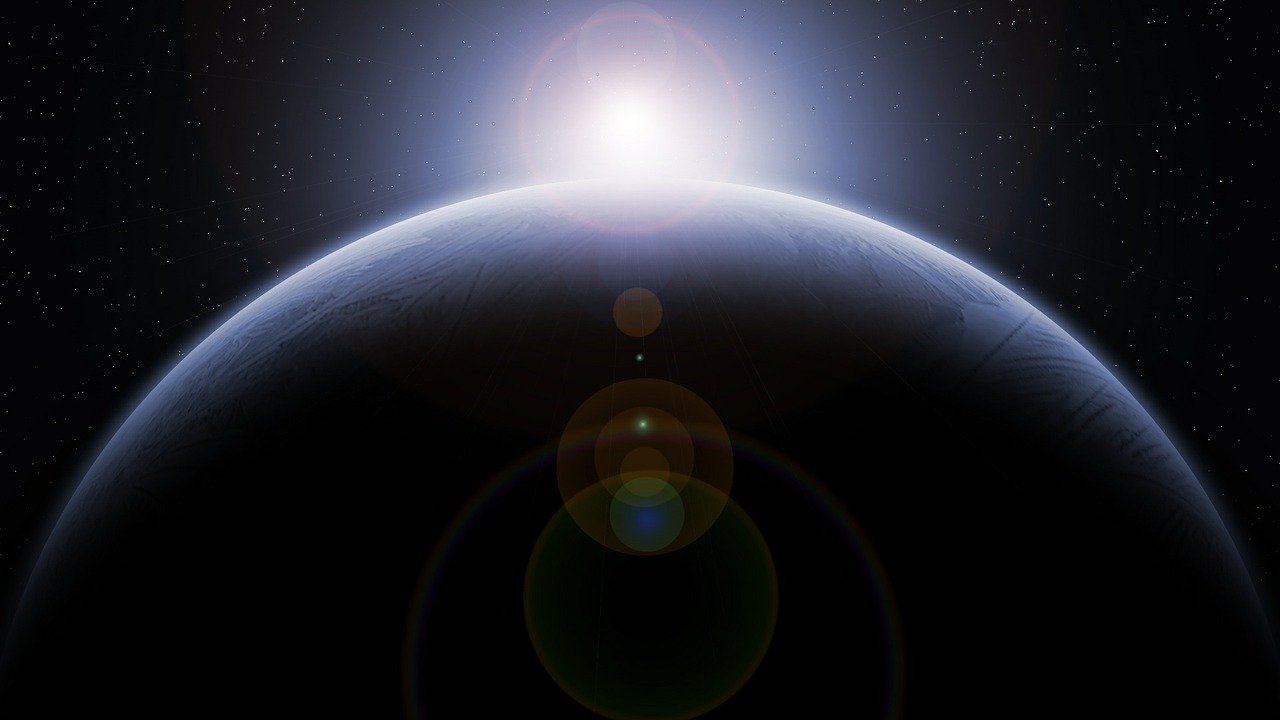
Planet Hunters
For a long time scientists believed that the only planets in the universe were those located in our solar system. Because of missions like TESS and Kepler, we now know that this is not true. In 1955, the exoplanet 51 Pegasi b (also called Dimidium) was found, and its very existence proved that there were extraterrestrial worlds beyond the edges of our solar system.
Since then, scientists have set their sights on trying to find more of these intriguing worlds. They built huge telescopes with mirrors up to 21 feet long (James Webb) with intricate designs that would allow it to study the most amount of space as possible at once.
To date, there have been over 4,000 new planets found in over 3,000 different systems. The hunt for exoplanets has been going on for decades, but there are a few telescopes that pioneered the way to the new and improved technology and methods that we have today.
The Kepler space telescope was launched in 2009 and the $600 million dollar mission was only built to last a year in space. However, the mission got renewed and continued churning out new discoveries until May of 2013 when the second of its gyroscopes failed. Kepler spent four years staring at a particular piece of the sky near the constellation Cygnus that was filled with main sequence stars. The telescope used the transit method to detect the presence of planets and by doing so, discovered over 2,500 planets with almost 3,000 others still waiting to be confirmed. Up until the start of the Kepler mission, scientists could only hope to find gas giants the size (or bigger) than Jupiter. Kepler, however, was able to find super-Earths – rocky planets that are the same size or slightly larger than Earth. This was a giant leap forward and offered the chance to study other planets around the same size as our home in other regions of space.
Spitzer was launched on August 25, 2003 on a Delta rockets from Cape Canaveral, Florida. The mission was set to operate for a minimum of 2.5 years, yet the ultimate goal was to have it working for more than 5 years. In the end, the spacecraft operated for 17 years! In that time, it found thousands of different exoplanets including five of the planets from the famous TRAPPIST-1 system. This system is especially well known because it contains 7 Earth size planets, some of which are even located in the goldilocks zone. This means that they are at the exact distance from the sun where water can be present in its liquid form. On January 30, 2020, the Spitzer space telescope officially retired when it ran out of liquid helium to keep its systems cool.
TESS:
The Transiting Exoplanet Survey Satellite (TESS) was launched on April 18, 2019. The mission was only supposed to last two years, but only months after its launch, it was extended until 2022. TESS is the most advanced satellite searching for exponents, and over a period of two years, it’s estimated that around 10,000 new planets will be found, orbiting around 200,000 different stars that will also be closely monitored. The satellite used the transit method of detecting planets and will systematically map out the night sky. Its powerful lenses can capture images farther away than ever before and with an extremely high resolution. The information that TESS gathers will be crucial to understanding how our solar system formed and how other systems behave under the various circumstances they’re under. These discoveries will also be crucial for the development of the James Webb telescope that will launch in the coming years. James Webb will carry the largest mirror ever set into orbit and will assist TESS in finding new worlds beyond our system.
Resources:
NASA






Tagged #cassini, #clouds, #hexagonalstorm, #magneticfield, #saturn